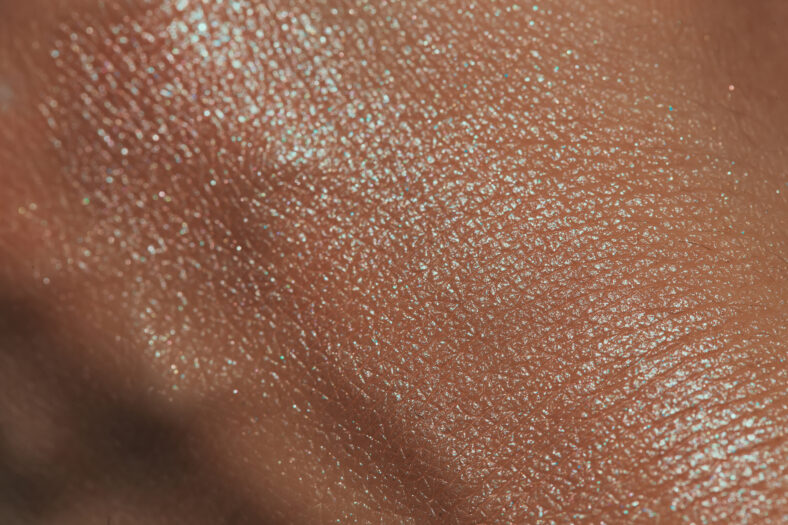Scientists Have Created A Recipe For Human Skin, Which Could Help With Burn Victims And Scarring

For the first time ever, scientists have created a single-cell atlas of prenatal human skin. It could help lead to a better understanding of how skin and hair follicles form and potentially provide more information on how skin diseases occur.
The research team consisted of scientists from the Wellcome Sanger Institute and Newcastle University in England, along with some international collaborators.
The results of the study could have clinical applications in regenerative medicine. Researchers may be able to develop advanced methods that create new hair follicles and generate skin transplants for individuals who require hair restoration treatments or are victims of bad burns.
“With our prenatal human skin atlas, we’ve provided the first molecular ‘recipe’ for making human skin and uncovered how human hair follicles are formed before birth,” said Elena Winheim from the Wellcome Sanger Institute.
“These insights have amazing clinical potential and could be used in regenerative medicine when offering skin and hair transplants, such as for burn victims or those with scarring alopecia.”
The team also showed how immune cells are important for scarless skin repair, a finding that could lead to developments for preventing scarring after surgery or healing from wounds.
To build the detailed atlas, they used genomics techniques like single-cell sequencing and spatial transcriptomics, a molecular method that maps gene activity in a tissue sample and the location where the activity is taking place.
They collected samples of prenatal skin tissue and broke them down to examine individual cells and the cellular changes that regulate skin and hair follicle formation.
In addition, the researchers used adult stem cells to create organoids, a “mini organ” of skin in a dish. It had the ability to grow hair.

Sign up for Chip Chick’s newsletter and get stories like this delivered to your inbox.
They compared the skin organoids with the prenatal skin and discovered that the skin organoid model behaved more like prenatal skin than adult skin.
During the analysis, they found that the blood vessels did not form in the skin organoid as well as they did in prenatal skin.
But when they added macrophage immune cells to the organoid, it boosted blood vessel formation. Then, they used three-dimensional imaging to investigate the blood vessel formation.
“Our data suggested that macrophages contribute to prenatal skin angiogenesis,” said the researchers. “Vascular network remodeling was enhanced following transfer of autologous macrophages derived from induced pluripotent stems into SkO cultures.”
“Collectively, our findings demonstrate that interactions between macrophages and endothelial cells are required to support angiogenesis through blood vessel remodeling.”
The study provided the ideal framework for understanding the foundation of skin growth during early human development. It revealed how macrophages are key to supporting the growth of blood vessels.
It also showed how certain genetic markers linked to skin diseases or disorders were already present in prenatal skin. This suggests the conditions originate before birth.
Overall, knowing more about how skin and hair follicles form before birth can help researchers recreate the process and come up with therapies that target specific skin conditions.
More About:News





